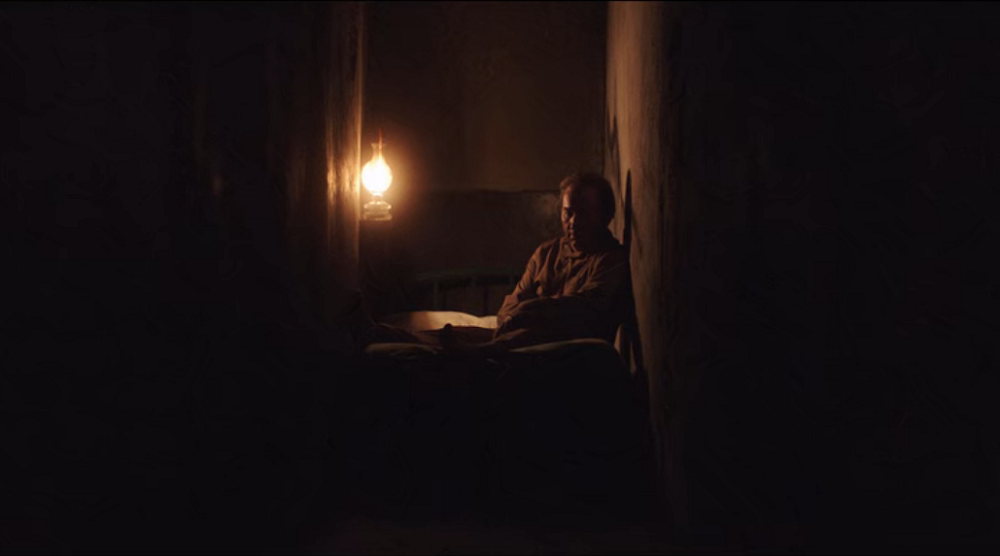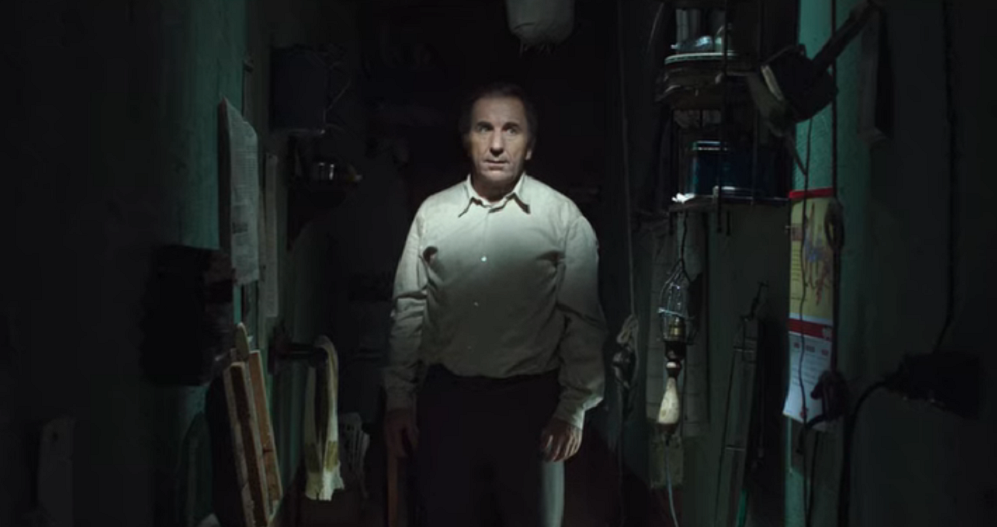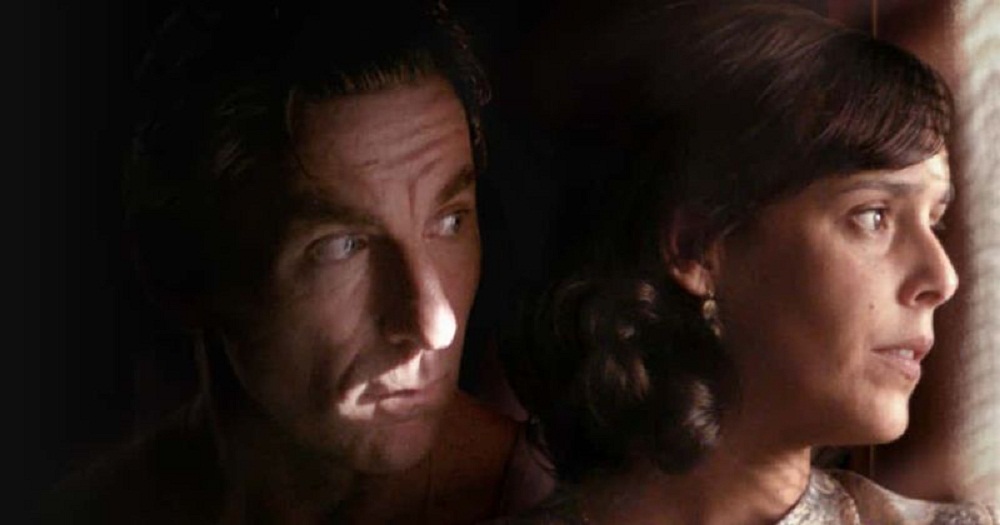‘The Endless Trench’ revolves around the life of a newly married couple, Higinio and Rosa, who, because of Higinio’s involvement in it, face some serious threats when the Spanish Civil War breaks out. With the fear of reprisal looming all around him, Higinio decides to stay hidden inside a trench dug up in his home and throughout this, his wife supports him. Soon, this provisional place of seeking refuge turns into his permanent home, and even after the dangers of the war are over, he struggles to overcome his fears.
The film has a whole psychological aspect to it which serves as an allegory for fear and how it potentially destroys the lives of many, but its inspiration comes from some true events. So to know more about all the similarities that the film’s story shares with actual historical events, read on further.
The Endless Trench is Rooted in Real Events

Yes, parts of the film are actually based on a true story. Before the end credits, the film finally reveals the true inspirations behind its storyline. This closing scene quotes: “From the publication of the Decree in 1969, more and more cases were revealed of people who, fearing reprisals, went into hiding at home. These people were given the nicknames “topos” (“moles”). In some cases, they remained in hiding for over 30 years.” After Franco’s victory, the ones who could not bear the loss of the Republicans decided to take things into their own hands and waged another war against the Nationalist regime. These guerrilla fighters were labeled as “maquis.”
On the other hand, there were “topos” who seemingly lacked military ardor and feared being caught in midnight raids that plagued the nation. Just like the main character of ‘The Endless Trench,’ several of these men disappeared behind the confinements of their own homes by hiding underneath trap doors and/or secret passages inside walls. These men knew that death was better than bondage, so they would often keep a shotgun with them to kill themselves before they were arrested. Contrarily, as the movie suggests, these men made a self-created prison for themselves.
Many of these moles were either discovered or willingly surrendered, but there were these few others who, just like the protagonist of the film, stayed hidden for more than three decades. As portrayed in the film, only after Franco’s Dictatorship finally enacted a decree that prescribed all the crimes that were committed before the war did many of these moles finally leave their homes. But even after this, there were many of them who came out after almost 38 years of isolation.
The Real-Life Inspirations Behind Higinio Blanco

The main character of the film, Higinio Blanco, who goes into hiding because of his fear of being captured by Falangists, is a work of fiction; however, from the looks of it, his story has drawn its inspiration from many real-life “topos,” who only made it out after the declaration of the decree. One of these moles was a man named Protasio Montalvo, who is known to be the “last mole man” of the dictatorship. Just like Higinio, he, too, stayed entrapped in his home for over three decades. He was earlier the socialist mayor of the town of Cercedilla in Madrid, but later, he deprived himself of the world outside only to save his life.
There were also other well-known moles who had several similarities with the protagonist of the film. Manuel Cortés Quero was another well-known mole who, just like Higinio, remained hidden just because his wife convinced him to do so. His wife later rented out a home where she built him a small cabin to hide whenever necessary. A decade after this, they bought a new house on the same street where he spent the next 18 years of his life. In the movie, Higinio Blanco moves to his father’s home with his wife after feeling threatened in his rented home.
Exactly how Higinio Blanco disguised himself as a woman to move from one home to another, Manuel Cortés also dressed up as a woman at dawn and made his way to his new home. And just like Higinio, throughout his confinement, he remained well-informed through the radio. The movie never reveals Higinio Blanco’s involvement with the war, and throughout its runtime, he even denies committing the crimes that many believe he committed.
Similarly, even to this day, Manuel Cortés’ participation in the war is unknown. What is known that his wife played a key role in keeping his existence a big secret but just like Higinio, he could’ve saved many years of his life if he had abandoned his restricted lifestyle much earlier. Manuel Cortés’ so-called adventures have also been captured by other artists, one of which, is also a well-known animated movie titled “30 Years of Darkness.”
Read More: The Endless Trench Ending, Explained


You must be logged in to post a comment.